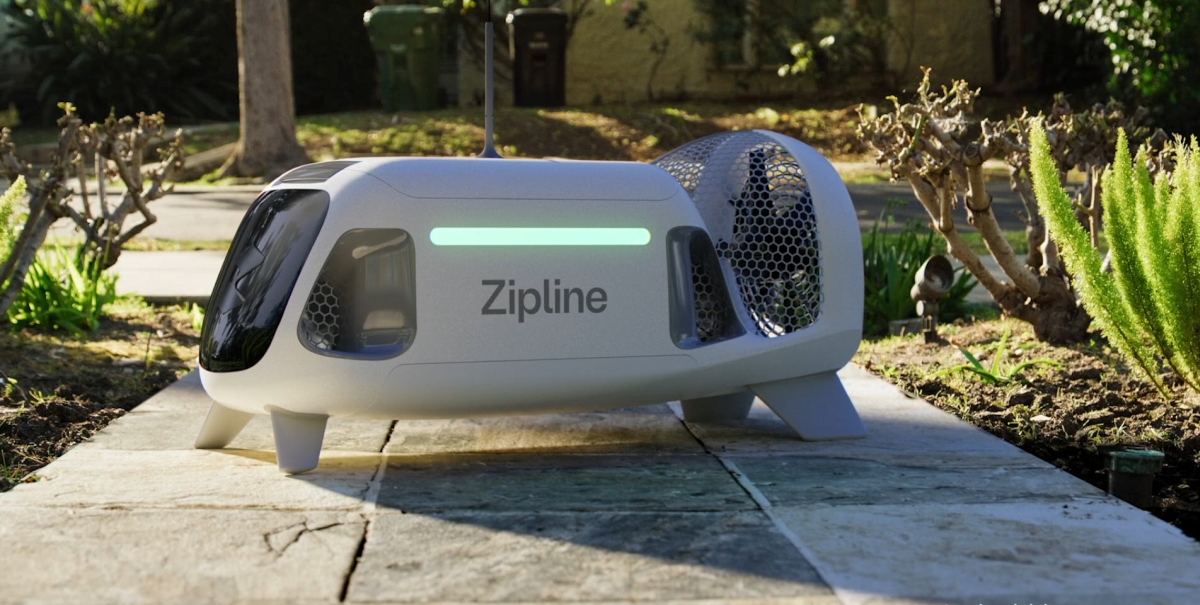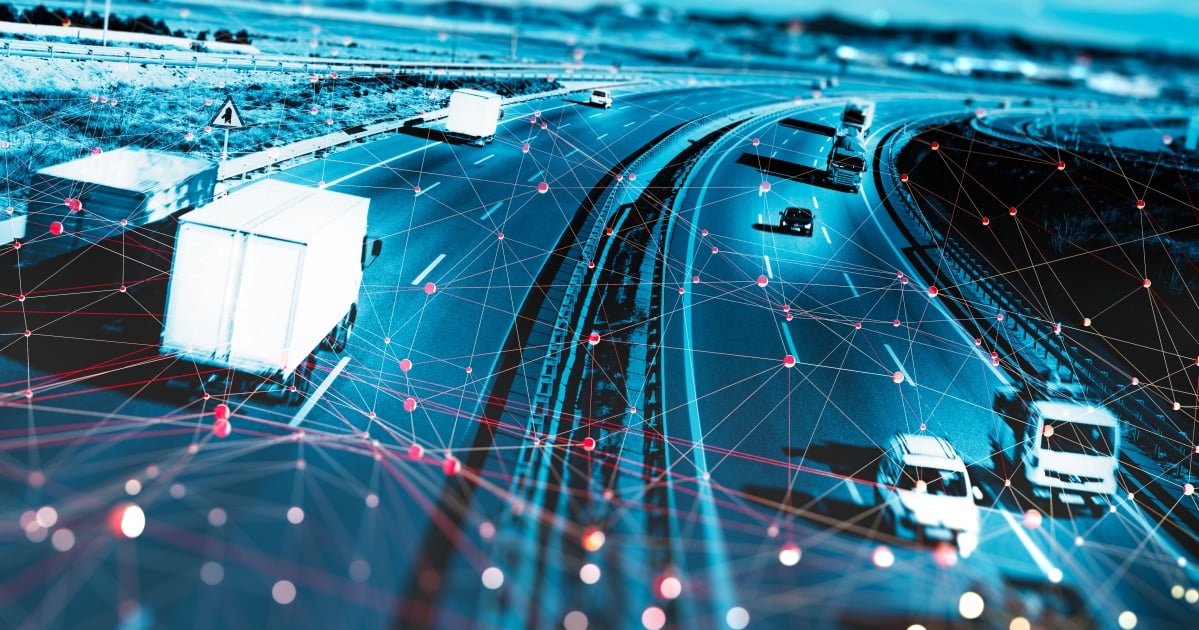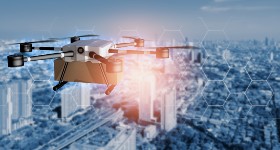Related Articles
Zipline Announces 'Zip' Drones for Precise, Autonomous Deliveries
Zipline's "Zip" delivery drones are next-gen, virtually silent machines that are expected to deliver up to seven times faster than traditional automob…
Read MoreModeshift Partners with LTCA for Smart Ticketing
Modeshift's smart transit solution has been adopted by Luzerne County Transportation Authority (LCTA) in the Wilkes-Barre, PA.
Read MoreVideo-Based Safety and AI Technology Can Reduce Truck Accidents
IoT solutions with video-based safety and AI technology can help reduce the likelihood of accidents by identifying distracted and aggressive driving.
Read MoreUpward Mobility: Urban Movement Labs Joins Smart City Venture Studios as New Agency Partner
The technology developed to create "smart cities" can make communities more effective and efficient in the use of resources, a necessity given the pro…
Read MoreUp, Up, and Away - With Your IoT Data?
Times have changed in the amazing world of the Internet of things (IoT). What once was a new and compelling idea has quickly worked its way into the h…
Read More




